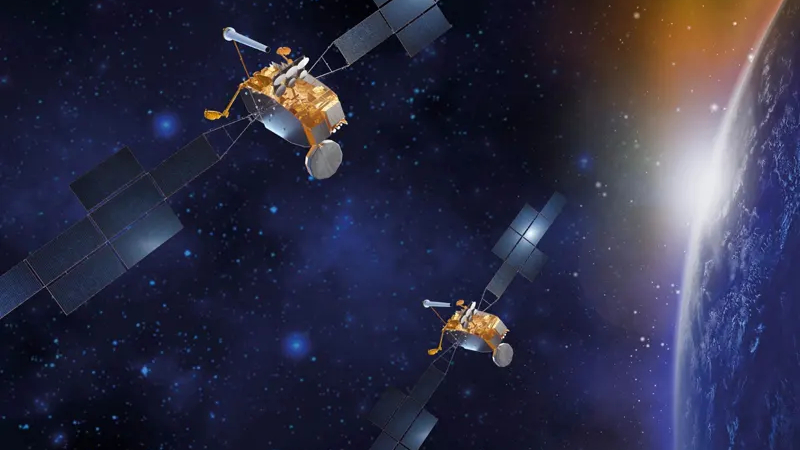432-Year Search: Lost Star Found

Danish astronomer Tycho Brahe spotted a new star in the sky on Nov. 11, 1572, and astronomers have been trying ever since to figure out exactly what happened. The case appeared to be solved last week.
A star racing away from the explosive scene has been found. It is streaming through space three times faster than others in its vicinity, a dead giveaway that it was shot like a cannon from the scene of a supernova eruption, astronomers claim.
Tycho's supernova, as it is called, was one of those crucial events of science, used to refute the centuries-old view of Aristotle that the heavens were static.
Here's what astronomers think happened: A hot, dense and dying star called white dwarf was sucking lots of material off a normal companion star. The white dwarf was condensed by all the new material, triggering a thermonuclear explosion whose brightness temporarily exceeded a billion suns.
The companion was struck by the explosion and shoved on a new course related to its former orbital path.
Fleeing the scene
The visible light faded with time, but the region still emits intense X-ray and radio energy as an expanding bubble of matter slams into interstellar gas. Astronomers have long monitored it in hopes of learning whether the scenario they use to describe the cataclysm is accurate or not.
Breaking space news, the latest updates on rocket launches, skywatching events and more!
A team led by Pilar Ruiz-Lapuente of the University of Barcelona has spotted the somewhat depleted remains of the companion. Its path and speed, and the fact that it is not far from the center of the expanding visual remnant of the explosion, suggest it was indeed involved in the supernova.
"The star sticks out," Ruiz-Lapuente told SPACE.com. "It has a much higher velocity than the [other] stars at that location."
The whole scene is about 10,000 light-years from Earth. A light-year is the distance light travels in a year, about 6 trillion miles (10 trillion kilometers). So the explosion actually occurred about 10,432 years ago, and its light first reached Tycho's eyes 432 years ago.
The new studied relied on data from the Hubble Space Telescope and other observatories. The finding was detailed last week in the journal Nature.
What it means
The finding will help researchers better understand the conditions under which a certain type of stellar explosion occurs. Some astronomers have suggested type 1a supernovas -- the variety apparently seen by Tycho Brahe -- might be the result of stellar collisions between two white dwarfs, rather than the mass-transfer idea.
"If we accept that the companion has been identified, then we now know for the first time that not all type-Ia supernovae are produced by coalescence of white dwarfs," writes University of Oklahoma physicist David Branch in an analysis of the work for the journal.
All this is important in part because type 1a supernovas are rare in our galaxy but common in the universe as a whole. All of them achieve an almost identical maximum brightness, then fade at a nearly identical rate. So astronomers use them as "standard candles" to measure distances to faraway galaxies.
In the late 1990s, studies of these supernovas revealed that the universe is mysteriously expanding at an accelerated pace. Some unknown force, dubbed dark energy, is thought to be behind the expansion.
"The profound cosmological implications of this are the motivation for astronomers to strive to better understand this class of supernova," Branch says.
With advances in telescopes, astronomers hunt down the supernovas deeper in space and farther back in time in an effort to pin down the properties of dark energy, a crucial first step in figuring out what it is.
Astronomers say a supernova ought to fire about every 100 years in a galaxy like the Milky Way. Another one, named for German astronomer Johannes Kepler, appeared in 1604. But none have been spotted since. The nearest recent supernova seen, named 1987A, was spotted in 1987 in our galactic neighbor, the Large Magellanic Cloud.
- Miniature Supernova Created in Lab

Rob has been producing internet content since the mid-1990s. He was a writer, editor and Director of Site Operations at Space.com starting in 1999. He served as Managing Editor of LiveScience since its launch in 2004. He then oversaw news operations for the Space.com's then-parent company TechMediaNetwork's growing suite of technology, science and business news sites. Prior to joining the company, Rob was an editor at The Star-Ledger in New Jersey. He has a journalism degree from Humboldt State University in California, is an author and also writes for Medium.
